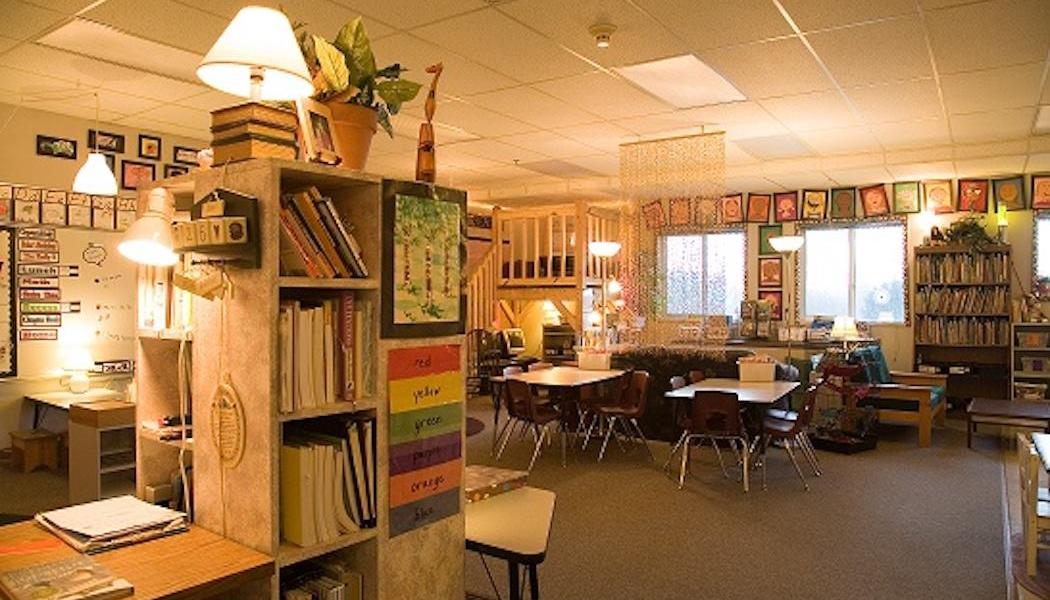5 Environmental Variables that Affect Behavior

Join Our Community
Access this resource now. Get up to three resources every month for free.
Choose from thousands of articles, lessons, guides, videos, and printables.
The physical environment of a classroom can directly affect student behavior. When we look at creating a student-centered environment that promotes positive behavior, we pay close attention to five variables: space, lighting, sound, scent, and temperature.
Visual and Physical Space: We work to create a room that is open, inviting, and tidy. Too much furniture, too much on the walls, or a cluttered space creates visual noise that can be distracting, and the physical space can feel crowded and uncomfortable. Creating workable space for students requires simplicity and organization. In addition, reducing traditional seating and adding flexible seating options helps match students’ learning styles and improve stamina and attention.
Lighting: We must be deliberate in the lighting of our classroom. Fluorescent lights are common, but they can blink, buzz, and affect students’ circadian rhythms. Because of this, we look to reduce or eliminate fluorescent lighting by increasing natural lighting, using fluorescent light covers, bringing in outside lighting sources that are code approved, or even being selective in how many overhead lights we turn on.
Sound: The acoustics in a room make a difference in a learner’s ability to focus and absorb what is being said. A carpeted room can eliminate echo and minimize noise. When it is not possible to have a carpeted room, we add rugs and other textures to absorb the sound and keep nuisance noise to a minimum. When students are working independently, it can help to have light instrumental music playing in the background.
Scent: Ideally, our learning space will have a clean or neutral smell. When it is occupied by 25–30 bodies, we sometimes have to do a little work to neutralize the scent. We are aware that essential oils, diffusers, and room sprays can trigger allergies in some people, so we do not overcompensate with artificial smells. The goal is to be aware of and reduce any strong smell that could negatively affect the learning environment. Sometimes this can be done by opening a window or turning on a fan; other times it may take a deep cleaning or a light room deodorizer.
Temperature: Being too hot or too cold can make a person miserable, and definitely distracts from learning. Work to establish a comfortable temperature that is consistent year-round so students know what to expect and can dress accordingly.
Taking these five variables into account is a great start to creating a learning environment our students thrive in. If you are looking for suggestions and ideas for how to create this space, visit the Classroom Design section on the Daily CAFE website for videos, articles, and more.







